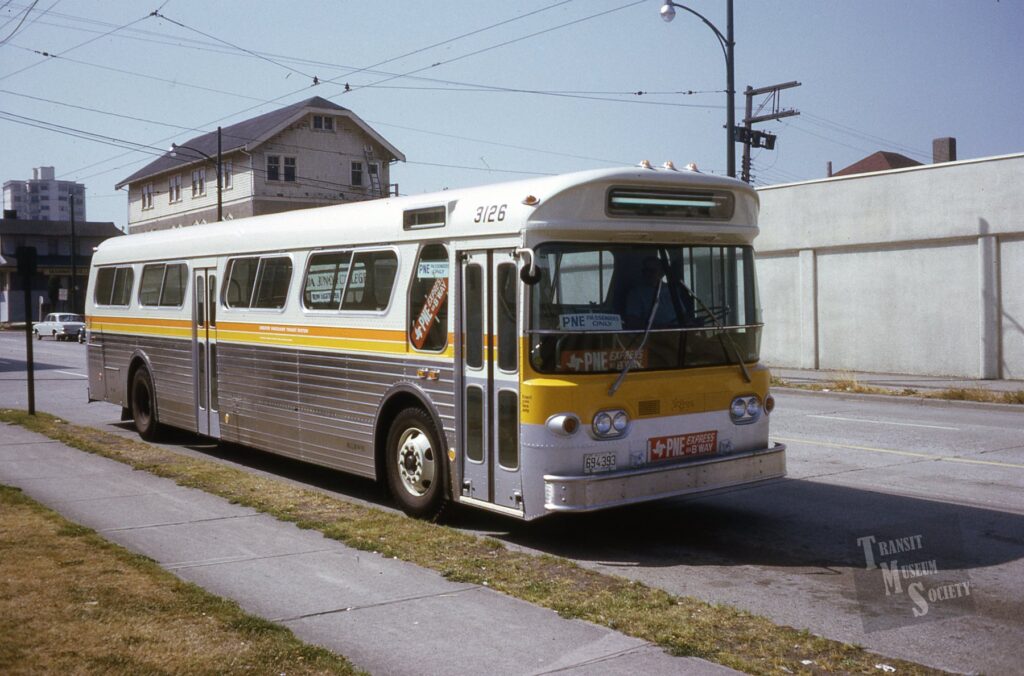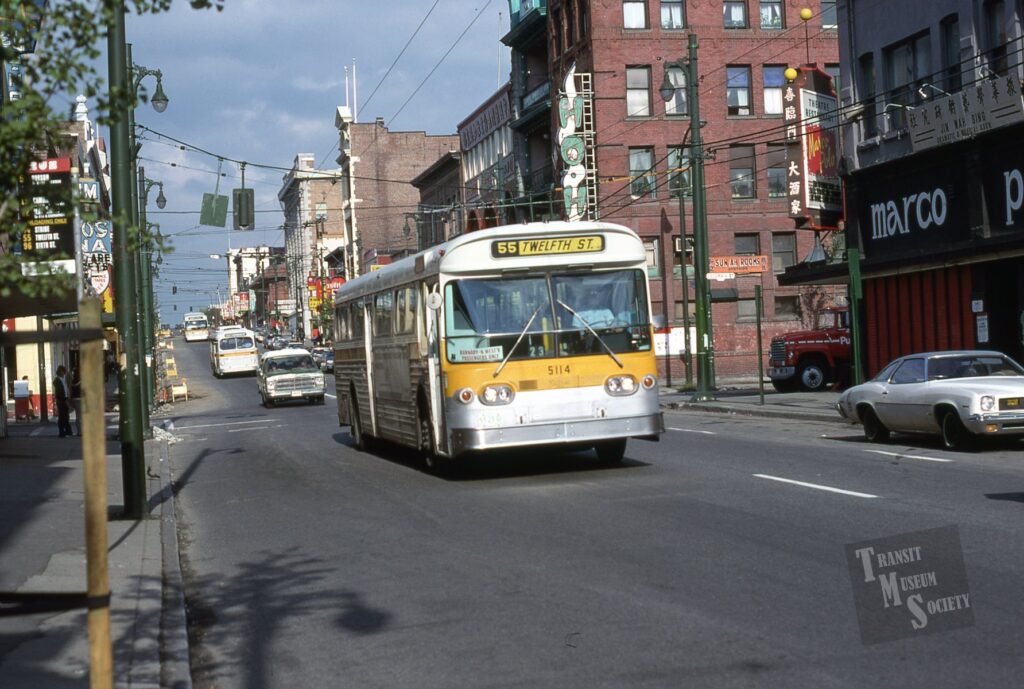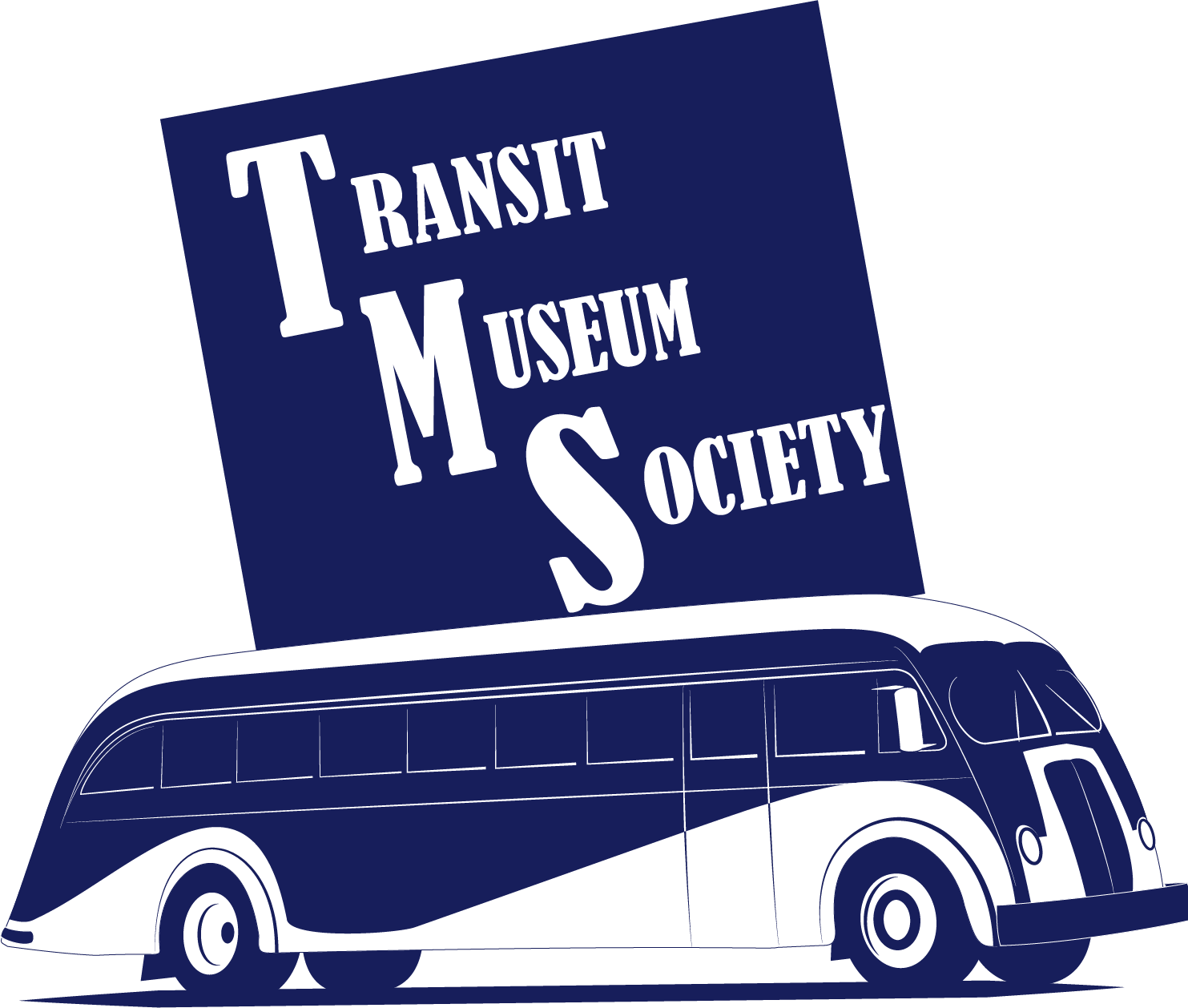John Day talks about the acquisition of the Flyer D700 buses and the beginning of the “FastBus” service. John was a consultant for the Transit System at the time:

The Flyer D700’s were ordered by BC Hydro pretty much at the time that the first NDP government was elected in August 1972. The new government didn’t have its transit plans started at the time of the order; Hydro management just went and bought 60 of them. There was some thought that it was to curry favour with the new government.
Why were these buses bought when the fleet was already big enough to serve the existing system? It was to make a start on converting the trolley coach lines to diesel operation. Whoa, said the government, not so fast. The Bureau of Transit Services was created early in 1973 and that idea was stopped. Instead, the new buses were used for service expansion into unknown territory, starting with the Tri-Cities area and the eastern part of the District of North Vancouver. The new buses bounced around the system a bit, including a few assigned to Pacific Stage Lines, but eventually all ended up in Kensington depot, which served the new Coquitlam/PoCo/Port Moody routes for many years before the PoCo depot was built.
The D700’s had a relatively short life on the system as they tended to fall apart. The power units from these buses were later moved into the bodies of the prematurely-retired Flyer E800 trolley coaches, to create the “triesels”, which created new-ish buses out of old. 2649 preserved by TMS was one of those.
Looking back, it is amazing that the buses were delivered so promptly, as were the buses ordered by the Bureau for the suburban expansion, these being the “FastBus” units from GM. These were transit specifications (T6H5308N) souped up for highway operation with Super-V transmissions and comfortable, forward facing bucket seats. The first suburban routes were implemented in August 1973, just one year after the government changed, which was quite an amazing feat considering equipment lead times as well as scheduling and even bus stop construction requirements.
Okay, even more for those that don’t know. The FastBus concept was a little different from today’s RapidBus routes in that the FastBuses usually did local work on some part of their route, usually the outer ends. The idea of routing limited stop services via a series of nodes (focal points) was a new one. It was a sneaky precursor, on purpose, to the rail based system we have today, with major focal points being established in locations which now house busy stations (e.g. Lougheed). Some FastBus routes (e.g. 980 Barnet) replaced Pacific Stage Lines routes while others (e.g. 933 Lougheed) were entirely new routes, running where BC Hydro had not.
I was personally involved in the design of some of the first routes. The Coquitlam local service was designed one Saturday afternoon after I drove around the district and jotted down some notes (though to be fair we had a pretty good idea beforehand as to where the routes should go). The routes have changed considerably as the area has become more populated and developed, but we had to start somewhere.
Photos kindly provided by TMS

